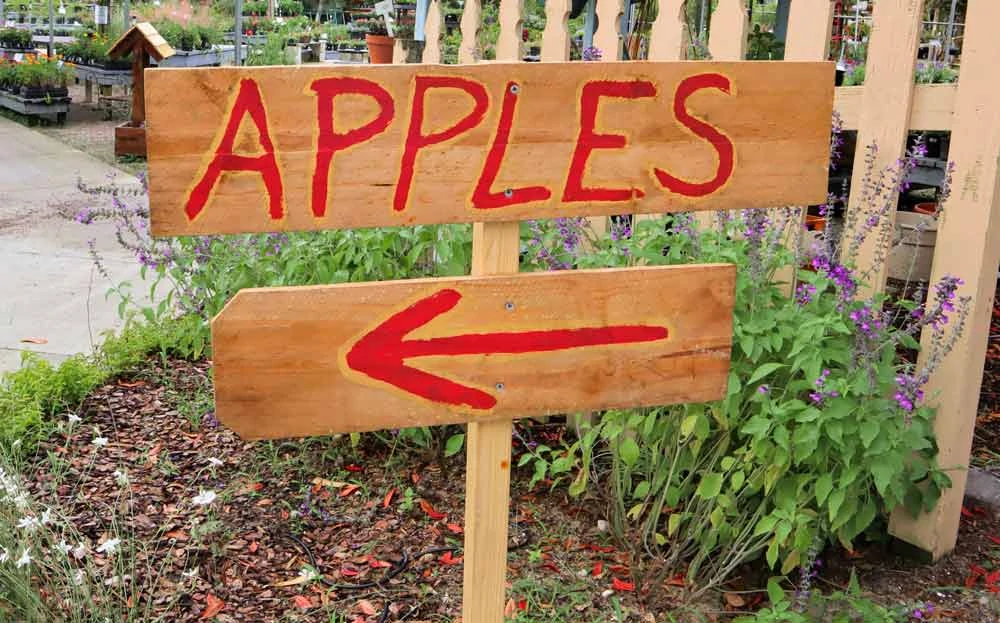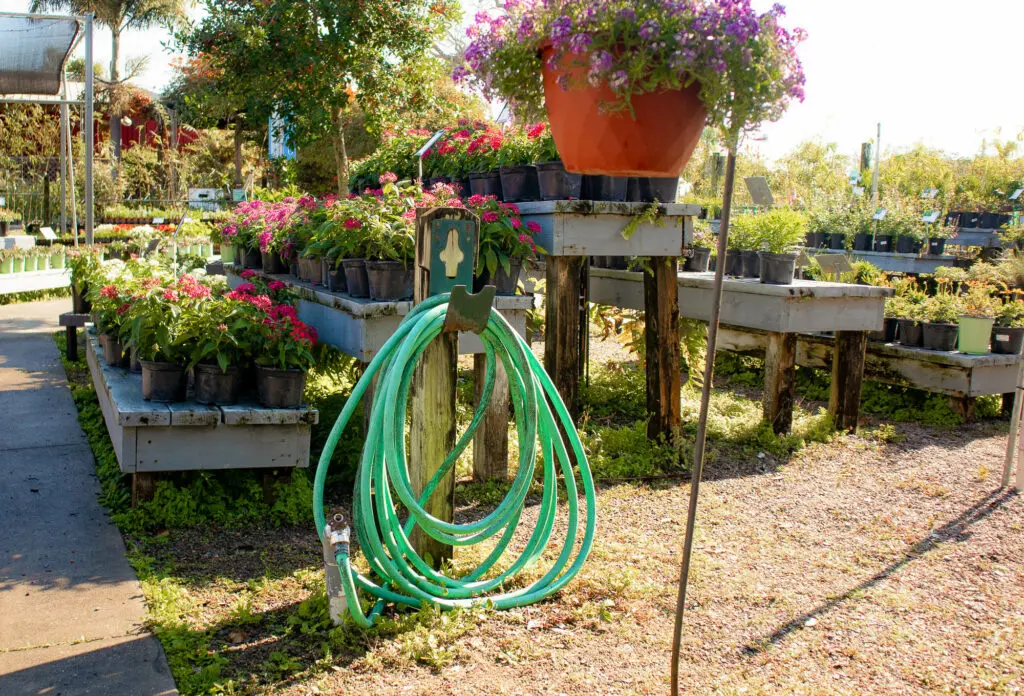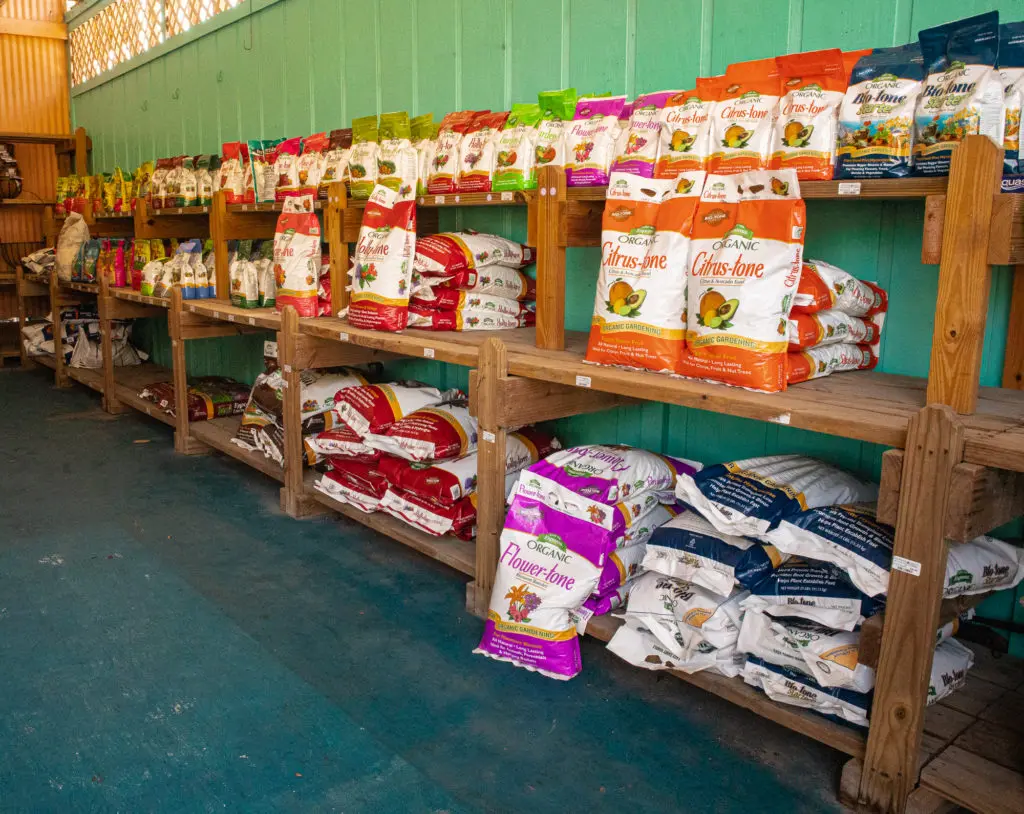By Amanda Rose Newton
As fall approaches in Florida, many gardeners are preparing for the cooler months. But for those who love growing fruit trees, there’s an important concept to understand: chill hours.

If you’ve ever wondered why certain fruits like peaches, apricots, apples, and pears struggle to thrive in Florida’s warm climate, chill hours are a key reason. Let’s dive into what chill hours are and how they affect fruit production in Florida.
What Are Chill Hours?
Chill hours refer to the amount of time a plant needs to be exposed to temperatures between 32°F and 45°F during its dormancy period (usually late fall to early spring). These cool temperatures are critical for many fruit trees to set buds and produce fruit in the upcoming season. Without enough chill hours, the tree may fail to bloom or produce a low yield.
In many parts of the U.S., especially in colder regions, fruit trees easily meet their chill hour requirements. But in Florida, where winters are mild, gardeners face the challenge of fewer chill hours, which limits the types of fruit trees that can grow successfully.
Fruits That Require Chill Hours
Several popular fruit trees that thrive in colder climates have higher chill hour requirements, making them difficult to grow in Florida. These include:
- Peaches: Some peach varieties need as many as 800-1,000 chill hours, which can be impossible to achieve in most parts of Florida.
- Apricots: Apricots are notoriously difficult to grow in Florida because they require around 700-900 chill hours.
- Apples: Many common apple varieties need between 500 and 1,000 chill hours to fruit properly.
- Pears: Like apples, pears generally need around 600-1,500 chill hours depending on the variety.
So, are these fruits entirely off-limits for Florida gardeners? Not necessarily! Thanks to horticultural research and breeding programs, there are now low-chill varieties of these fruits developed specifically for Florida’s unique climate.
Low-Chill Varieties for Florida
For gardeners in Florida who want to grow fruits traditionally associated with colder climates, there are several low-chill varieties available that have been bred to thrive with fewer chill hours.
1. Peaches
UF Best: This variety requires only 150 chill hours and produces sweet, juicy peaches that are perfect for Florida’s warm weather.
TropicBeauty: With a requirement of just 150 chill hours, this peach variety is highly suited for central and southern Florida.
Care Tips: Plant peaches in full sun and well-drained soil. Prune trees annually to maintain shape and encourage air circulation, which helps prevent disease.
2. Apples
Anna: A popular low-chill variety, the Anna apple requires only 200-300 chill hours. It produces crisp, sweet apples and performs well in central and northern Florida.

Dorsett Golden: Needing just 100 chill hours, this variety is perfect for Florida’s climate and pairs well with Anna for cross-pollination.
Care Tips: Apple trees prefer slightly acidic soil and should be planted in an area with good air circulation. Regular pruning is essential to promote fruiting.
3. Pears
Flordahome: This pear variety requires around 300 chill hours and grows well in northern Florida. It produces large, firm pears that are excellent for canning and fresh eating.
Hood: Needing only 100-200 chill hours, Hood is another great option for Florida gardeners. It’s known for its resistance to fire blight, a common pear disease in warm climates.
Care Tips: Pear trees should be planted in well-drained soil and spaced apart to allow for proper growth. Watering during dry spells is important, as pears need consistent moisture.
4. Apricots
Tropic Gold: Although apricots are generally more difficult to grow, Tropic Gold has been bred for low-chill regions and requires around 300 chill hours, making it suitable for northern Florida only due to the recent USDA Zone Changes (Link to blog post).
Care Tips: Apricot trees should be planted in full sun and in areas protected from strong winds. They require well-drained soil and benefit from regular pruning to ensure healthy growth.
Care Tips for Low-Chill Fruit Trees in Florida
While these low-chill varieties make it possible to grow traditionally cold-weather fruits in Florida, there are still important care considerations:
Soil Quality: Most fruit trees need well-drained soil to thrive. In Florida, sandy soil is common, so it’s essential to amend it with organic matter like compost to improve its quality.
Watering: Consistent watering is key, especially during dry spells. However, avoid overwatering, as this can lead to root rot.

Fertilizing: Fruit trees benefit from balanced fertilizers. Use a slow-release fertilizer or a good supply of compost in the spring and summer to encourage healthy growth and fruit production.

Pest and Disease Management: In Florida’s warm and humid climate, pests and diseases can be a challenge. Keep an eye out for common problems like scale, aphids, and fungal diseases. Integrated pest management (IPM) strategies can help keep these issues under control.
Planning for Fall: What to Plant?
As fall approaches, now is a great time to think about adding some of these low-chill fruit varieties to your garden. Planting in late fall or early winter allows the trees to establish before the growing season. While Florida may not offer the chill hours required for traditional varieties, these low-chill options open up a world of possibilities for growing peaches, apples, pears, and apricots in the Sunshine State.
While chill hour requirements may limit certain temperate fruit varieties, Florida’s warm climate is ideal for a wide range of tropical and subtropical fruits that thrive year-round. Gardeners in Florida can enjoy growing fruits like mangoes, papayas, avocados, guavas, and bananas, which flourish in the state’s sunny weather.
These fruits require minimal chill hours, making them perfect for Florida gardens. With the right care and attention, you can enjoy a diverse selection of tropical fruits alongside your low-chill varieties, ensuring a fruitful harvest all year long!


